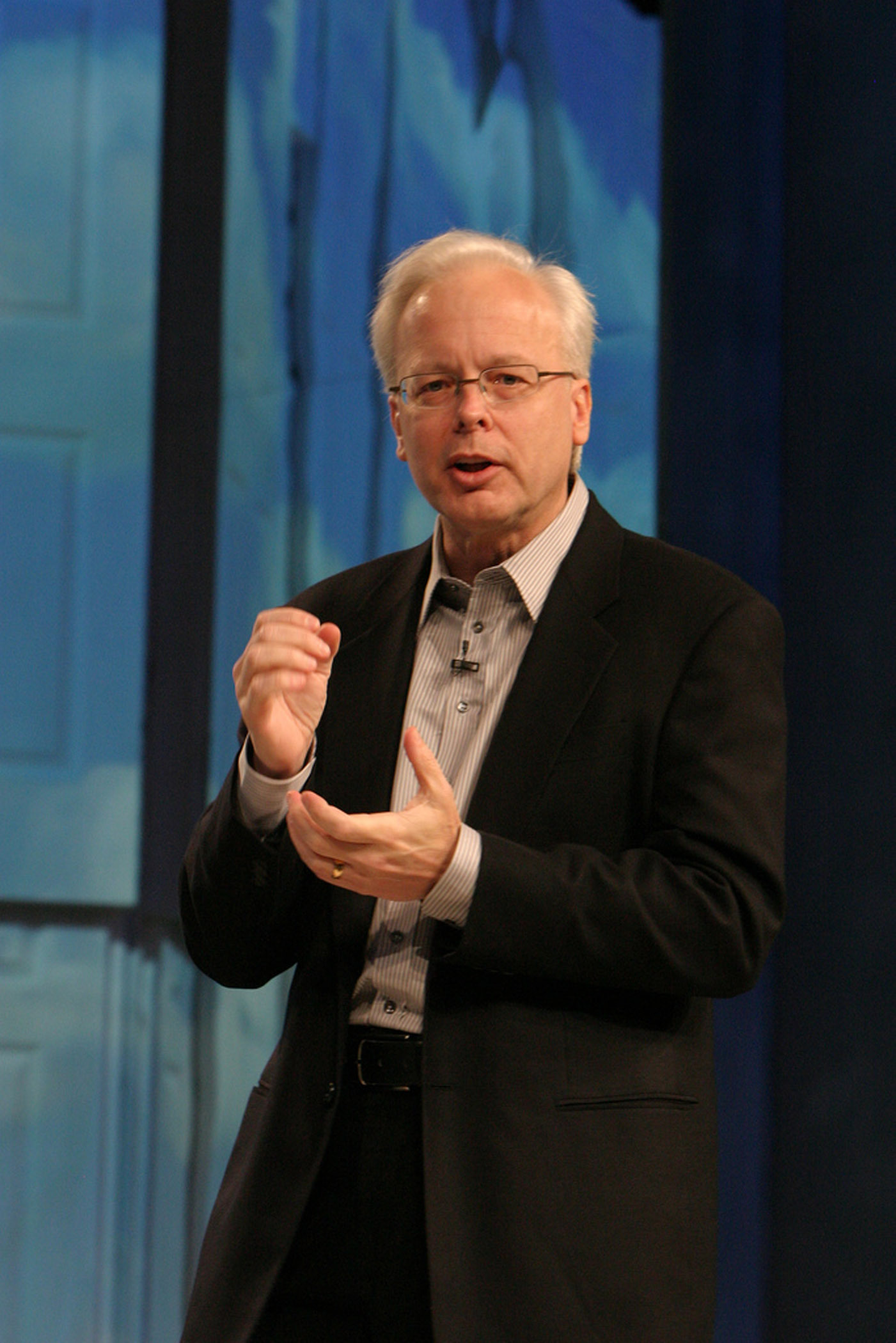Microsoft's Chief Software Architect Retires
Ray Ozzie is vacating his role as Chief Software Architect at Microsoft. Microsoft boss Steve Ballmer yesterday announced that Ozzie plans to step down from his role as Chief Software Architect but remain at the company for a transitional period.
"He will remain with the company as he transitions the teams and ongoing strategic projects within his organization - bringing the great innovations and great innovators he’s assembled into the groups driving our business," said Ballmer, adding that Ozzie will also take time to focus on Microsoft's entertainment segment. "Following the natural transition time with his teams but before he retires from Microsoft, Ray will be focusing his efforts in the broader area of entertainment where Microsoft has many ongoing investments."
Prior to his time at Microsoft, Ozzie was known for creating Lotus Notes. In 2005, Microsoft acquired a company Ozzie had started (Groove Networks) and he joined Redmond as a Chief Technical Officer. Ozzie then took over the role of Chief Software Architect from Bill Gates in June of 2006. Though Steve was full of praise for the work Ozzie has done in the last four years, his email yesterday also revealed that they would not be looking for a new Chief Software Architect anytime soon.
"While he’ll continue to report to me during the transition, the CSA role was unique and I won’t refill the role after Ray’s departure," Ballmer wrote. "We have a strong planning process, strong technical leaders in each business group and strong innovation heading to the market."
Check out the full email below:
From: StevebSent: Monday, October 18, 2010To: Microsoft – All EmployeesSubject: Ray Ozzie TransitionThis past March marked a significant milestone for the company when, in a speech at the University of Washington, I sent a message to the world that we’re ‘all in’ when it comes to the cloud. In that speech I noted that Ray’s Internet Services Disruption memo nearly five years ago, and his work since, stimulated thinking across the company and helped catalyze our drive to the cloud. As a company, we’ve accomplished much in the past five years as we look at the cloud and services. Windows Live now serves as a natural web-based services complement to both Windows and Office. SharePoint and Exchange have now decidedly embraced the cloud. And by conceiving, incubating and shepherding Windows Azure, Ray helped ensure we have a tremendously rich platform foundation that will enable app-level innovation across the company and by customers for years to come. With our progress in services and the cloud now full speed ahead in all aspects of our business, Ray and I are announcing today Ray’s intention to step down from his role as chief software architect. He will remain with the company as he transitions the teams and ongoing strategic projects within his organization - bringing the great innovations and great innovators he’s assembled into the groups driving our business. Following the natural transition time with his teams but before he retires from Microsoft, Ray will be focusing his efforts in the broader area of entertainment where Microsoft has many ongoing investments. We have tremendous opportunities in the entertainment space overall, and I’m excited about what we can accomplish. Beyond that, Ray has no plans at this time. While he’ll continue to report to me during the transition, the CSA role was unique and I won’t refill the role after Ray’s departure. We have a strong planning process, strong technical leaders in each business group and strong innovation heading to the market. While Ray will be onboard for a while, I’d like to thank him today for his contributions to Microsoft, both as a leader and as a long-time Microsoft ISV. As an early ISV, Ray contributed significantly to the early success of Windows. Since being at Microsoft, both through inspiration and impact he’s been instrumental in our transition toward a software world now centered on services. He’s always been a ‘maker’ and a partner, and we look forward to our continuing collaboration as his future unfolds. Ray has played a critical role in helping us to assume the leadership position in the cloud, and positioned us well for future success. Please join me in thanking Ray and wishing him well. Steve
Get Tom's Hardware's best news and in-depth reviews, straight to your inbox.

Jane McEntegart is a writer, editor, and marketing communications professional with 17 years of experience in the technology industry. She has written about a wide range of technology topics, including smartphones, tablets, and game consoles. Her articles have been published in Tom's Guide, Tom's Hardware, MobileSyrup, and Edge Up.
-
Transmaniacon Misleading title... should say "Microsoft's Chief Software Architect Retires", big difference.Reply -
EXT64 I agree. My first thoughts after reading the title were "what made him mad?" and "where is he going?". Retires negates both of those.Reply -
brando56894 EXT64I agree. My first thoughts after reading the title were "what made him mad?" and "where is he going?". Retires negates both of those.Reply
Agreed, I was hoping to see him leaving for either Apple (I dont really like them either, but theyre better than MS. Its a lesser of two evils kind of thing.) or Google, just to spite MS. -
JMcEntegart The title has been amended, but honestly, I'm reluctant to use the word 'retires' as Microsoft has said his plans for the future are not yet known and he's not leaving the company. Once he's done helping teams transition, he's going to be working in the entertainment division. Still, I understand that for some people (not me, hence why I think it was perfectly okay) the word 'quit' carries certain connotations that imply the employee must have been unhappy. The title has been changed to reflect this.Reply -
Gin Fushicho I think they need to get a new Chief Software Architect. I want to see something new in Microsoft's OS. Stop building it on old 16-bit based software. And build it around an EFI.Reply -
He will be having fun building his DOS programs again, after fully retiring from MS in a few years...Reply
-
falchard Now he is going to be replaced with someone who does not know the difference between a 0 and a 1.Reply -
sudeshc This guy is amazing he got MS going in cloud and has done tremendously amazing work throughout his career..........Reply
I don't think MS has anyone to truly replace him. -
g00ey falchardNow he is going to be replaced with someone who does not know the difference between a 0 and a 1.Or by someone who doesn't know the difference between RAM and a hard drive ...Reply
